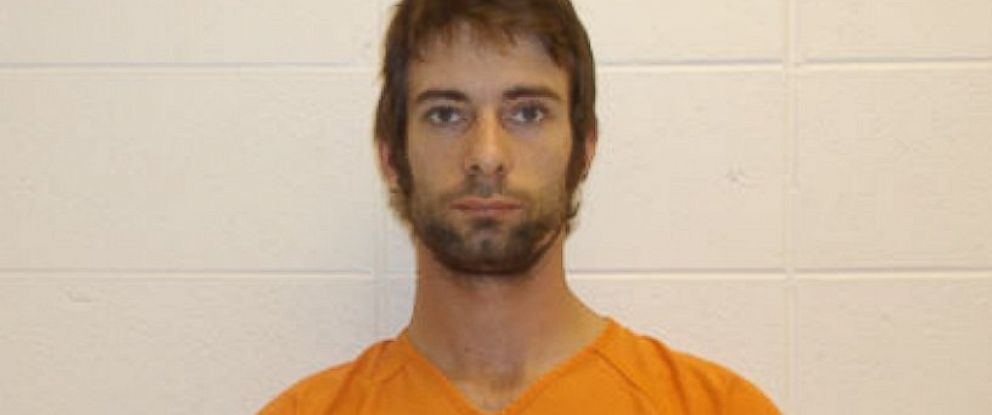
In important and deliberate ways, Routh is presented as a sort of mirror-image of Kyle. Schmidle piles up Kyle’s contradictions to the extent that, when the bundle of psychic scar tissue and barely stifled violence that is Eddie Ray Routh finally appears, he seems like an organic outgrowth of Kyle’s story, rather than some meteorite destined by nothing more than dumb fate to strike him down. “It was also possible to see them as attempts by a struggling man to maintain an invincible persona.”

And yet we also learn of Kyle’s hard and heartfelt work to procure donated exercise equipment for veterans, the way that they regarded him like a big brother, uniquely attuned to what they’d seen and done at war, and the way that his vigilante yarns may have been the sublimations of a deeper, ravaging turmoil: “It was possible to see these stories as evidence of vainglory,” Schmidle writes.

The inquiry is soon dropped, Kyle writes, the kill deemed “good.”) Later, Kyle seems to take to telling tall tales in which he casts himself as an above-the-law gunslinger-killing would-be carjackers here, setting up his sniper rifle atop the Superdome after Katrina and firing on “armed residents” (neither event seems to have happened). “I guess I was a little hot,” Kyle says, not-quite-apologizing for the Koran remark. I’d like to, but I don’t.” (Kyle, as he recounts the story in his memoir, made this comment while being interviewed about killing a man he claims was carrying an AK-47, but whose widow insists was holding only a Koran. In the fifth paragraph it emerges that he had a proudly pat view of the Iraqi conflict and its moral stakes: We learn that he “tattooed one of his arms with a red crusader’s cross,” that “he ‘hated the damn savages’” he fired upon, and that he once told an army colonel, “I don’t shoot people with Korans. In weaving his profile of Kyle, Schmidle starts to complicate our view of him early on-in many regards, he is an off-putting protagonist. It isn’t a crime story, but, rather, a profile that becomes two profiles that conjoin, and terminate, violently. This indicates something about the kind of story Schmidle has decided to write. While working as a guard at Balad Air Base, Routh laments his prisoners’ poor living conditions in a call to his father from Iraq, he suggests obliquely and fretfully that he killed “a kid” during a patrol after a humanitarian deployment to Haiti after the January, 2010, earthquake, where he meets people struggling to make do with nothing, he becomes obsessed with wastefulness. (Once, we learn, he killed two insurgents riding a moped with a single shot.) But the choice to withhold the murder till the piece is nearly done also means that we first encounter Routh not as a killer, but as an extremely troubled-and, in Schmidle’s telling, deeply empathic-young man. The result was tragic.), in combination with the case’s recentness and notoriety, supplies all the suspenseful momentum necessary-not to mention that the reader will be tugged forward by an intrinsic fascination with Kyle’s line of work. In part, this structure reflects Schmidle’s confidence that the story’s sub-headline ( Chris Kyle, a decorated sniper, tried to help a troubled veteran. (Disclosure: I do not know Schmidle, but I have written for The New Yorker.)

By the end, this account of two lives colliding senselessly on a Texas shooting range becomes much more: a meditation on trauma, repressed and irrepressible a tragedy in which our sympathies are prevented from settling into any predictable configuration a vortex in which heroism and horror bleed sickeningly into one another.

Schmidle-a New Yorker staff writer who came to prominence with his August, 2011, account of the raid on Osama bin Laden’s compound-manages to deliver in the intrigue department, but his greatest achievement with “In the Crosshairs” is how he invests the piece with the pathos, ethical complexity, psychological depth, and poetic resonance of a finely wrought piece of fiction. (If you haven’t read it yet, you may want to do so before going any further here.) Kyle’s story comes with ample intrigue baked in, of course, because of his facility with a high-powered rifle and the minor celebrity it won him. Schmidle’s piece offers an example of nonfiction storytelling at its most engrossing and-in quiet but powerful ways-surprising. Yesterday, The New Yorker published “ In the Crosshairs,” Nicholas Schmidle’s deeply reported 13,000-word investigation into Kyle’s murder and the events surrounding it.


 0 kommentar(er)
0 kommentar(er)
